- 8777701917
- info@saikatinfotech.com
- Basirhat W.B
SFP (Small Form-factor Pluggable) and QSFP (Quad Small Form-factor Pluggable) are both types of transceiver modules used in networking and telecommunications. They are used to transmit and receive data over fiber optic or copper cables and are commonly found in devices like switches, routers, and network interface cards (NICs).
Here’s a breakdown of each:
SFP (Small Form-factor Pluggable):
Form Factor: Compact and small; typically used for single or dual-lane high-speed data transmission.
Data Rate: SFP modules generally support speeds from 1 Gbps to 25 Gbps, though newer versions can go up to 100 Gbps with specific variants like SFP28.
Transmission: SFP modules support both fiber optic (for longer distances) and copper (for shorter distances) connections.
Common Use: Often used for Ethernet, Fibre Channel, and SONET/SDH networks. They come in different types like SFP, SFP+, SFP28 depending on the required speed.
QSFP (Quad Small Form-factor Pluggable):
Form Factor: Larger than SFP, designed for higher data rates. The “Quad” in QSFP refers to the fact that it can handle four data lanes.
Data Rate: QSFP modules typically support 40 Gbps, 100 Gbps, and even 400 Gbps (with newer variants such as QSFP56 and QSFP112). This makes QSFP a higher-capacity option compared to SFP.
Transmission: Like SFP, QSFP can also use both fiber optic and copper cables, depending on the specific module variant.
Common Use: QSFP is commonly used in high-bandwidth data center and telecom applications, including 40GbE, 100GbE, and 400GbE Ethernet standards.
Key Differences:
Speed: QSFP typically supports higher speeds (40Gbps and above), while SFP is more commonly used for lower-speed links (up to 25Gbps or 10Gbps in many cases).
Form Factor: QSFP is physically larger due to the higher data rate it supports, whereas SFP is smaller and more compact.
Application: SFP is widely used for medium to low-speed connections, while QSFP is used for high-performance, data-intensive applications.
In short, SFP is a smaller, lower-speed transceiver standard, while QSFP is a larger, higher-speed standard typically used in high-performance networking environments.
There are various types of SFP (Small Form-factor Pluggable) modules, each designed to meet different networking requirements. These types are primarily based on their data rates, transmission media (fiber or copper), and specific applications.
Here’s a breakdown of the main types of SFP modules:
| Module Type | Data Rate | Range/Distance | Common Use |
|---|---|---|---|
| SFP | 1 Gbps | Short-range (fiber or copper) | 1G Ethernet, Fibre Channel |
| SFP+ | 10 Gbps | Up to 300m (multi-mode) | 10G Ethernet, Fibre Channel |
| SFP28 | 25 Gbps | Up to 100m (multi-mode) | 25G Ethernet, High-performance computing |
| SFP+ DAC | 10 Gbps | Short-range (up to 7m) | Inter-rack short-distance connections |
| SFP+ AOC | 10 Gbps, 25 Gbps | Medium-range (up to 100m) | Long-distance within data centers |
| QSFP+ | 40 Gbps | 100m to 10 km (fiber optic) | High-speed data center Ethernet |
| SFP+ LR | 10 Gbps | Up to 10 km (single-mode) | Long-range Ethernet, WAN |
| SFP+ SR | 10 Gbps | 300m (multi-mode) | Short-range Ethernet, Data center |
| SFP+ ER | 10 Gbps | Up to 40 km (single-mode) | Extended-range Ethernet connections |
Each SFP module type is designed for different use cases based on data rate, distance, and network type. The most common are the SFP (1 Gbps), SFP+ (10 Gbps), and SFP28 (25 Gbps) for fiber optic or copper cable connections in various network environments. When selecting an SFP module, it’s important to consider the required speed, distance, and the type of cable (fiber or copper) being used in your network setup.

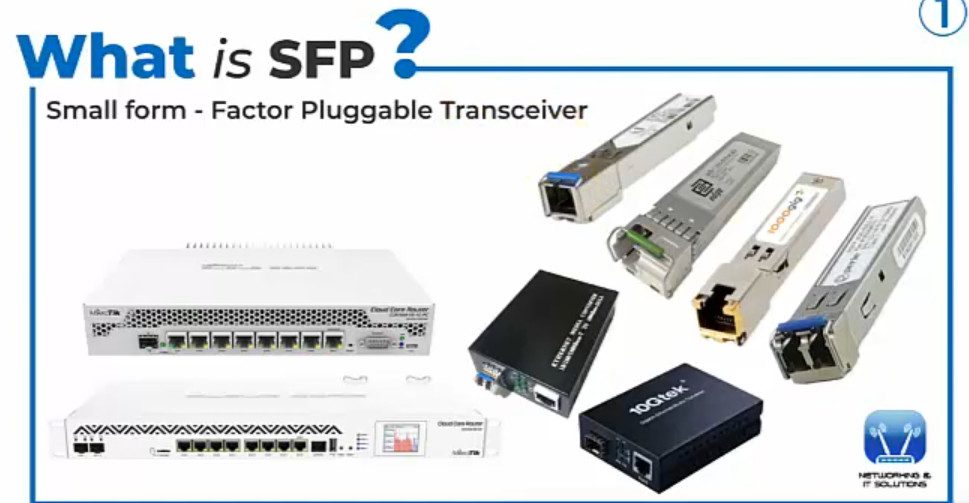
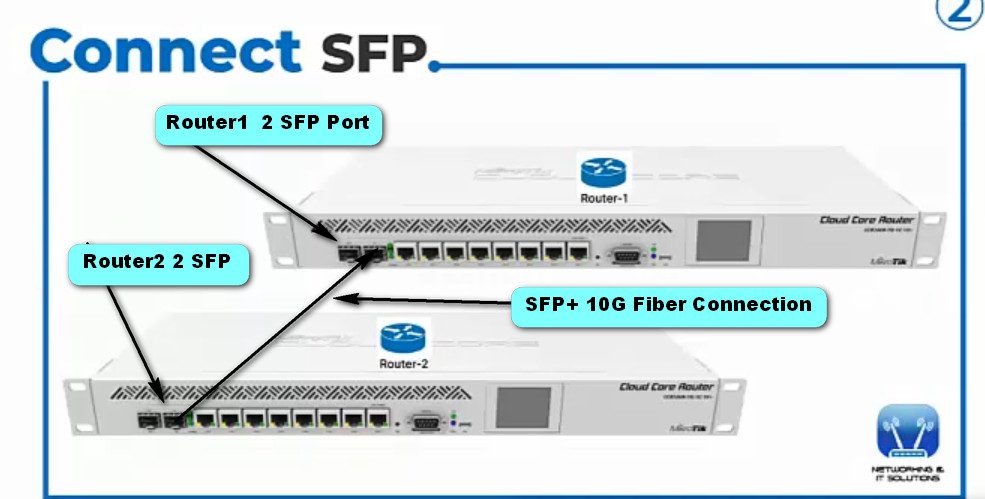

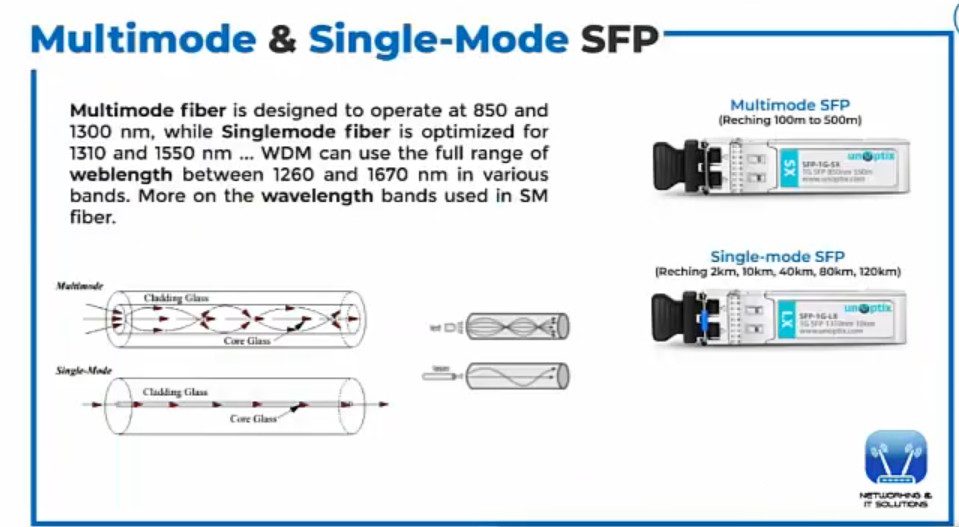
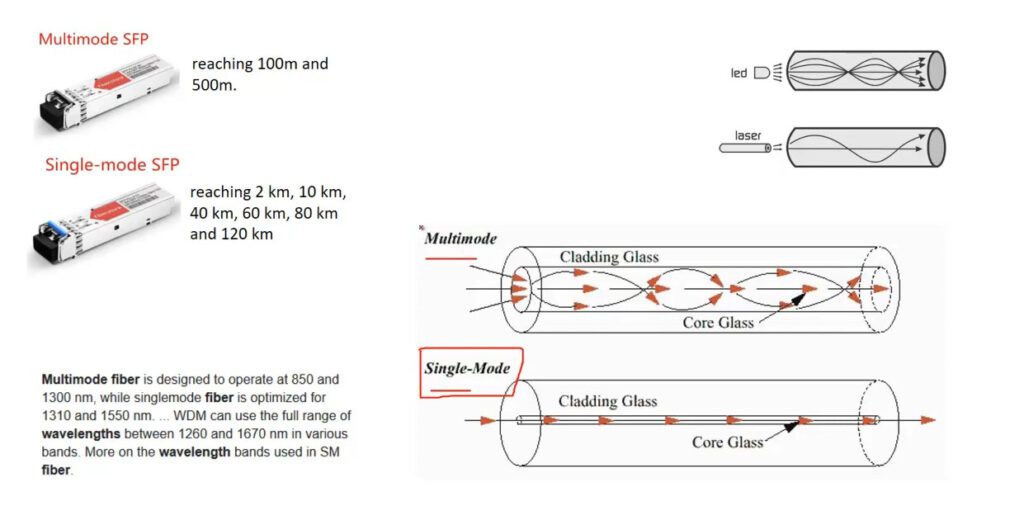
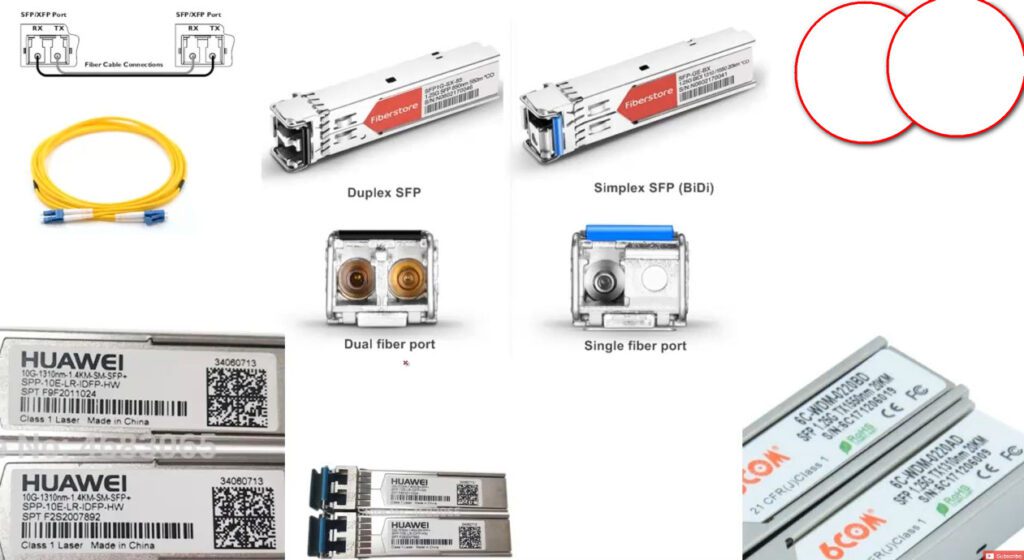
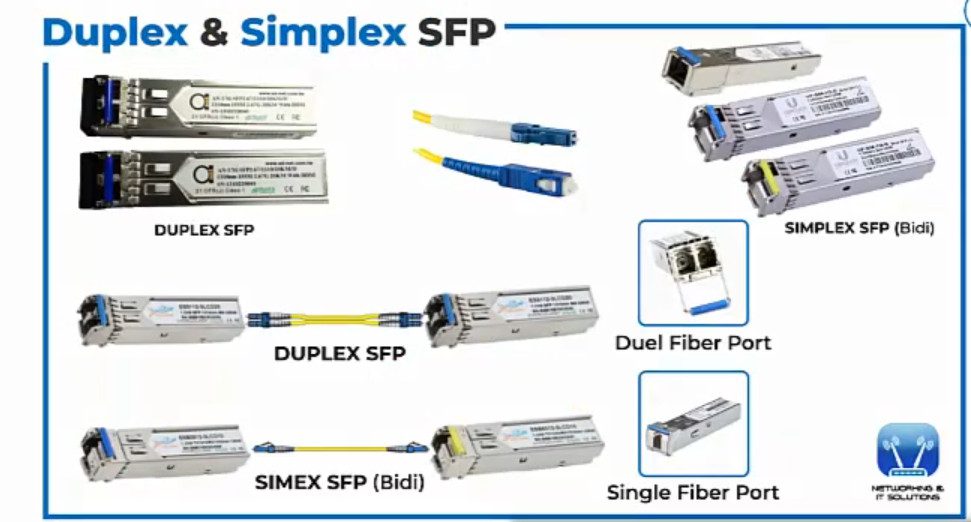
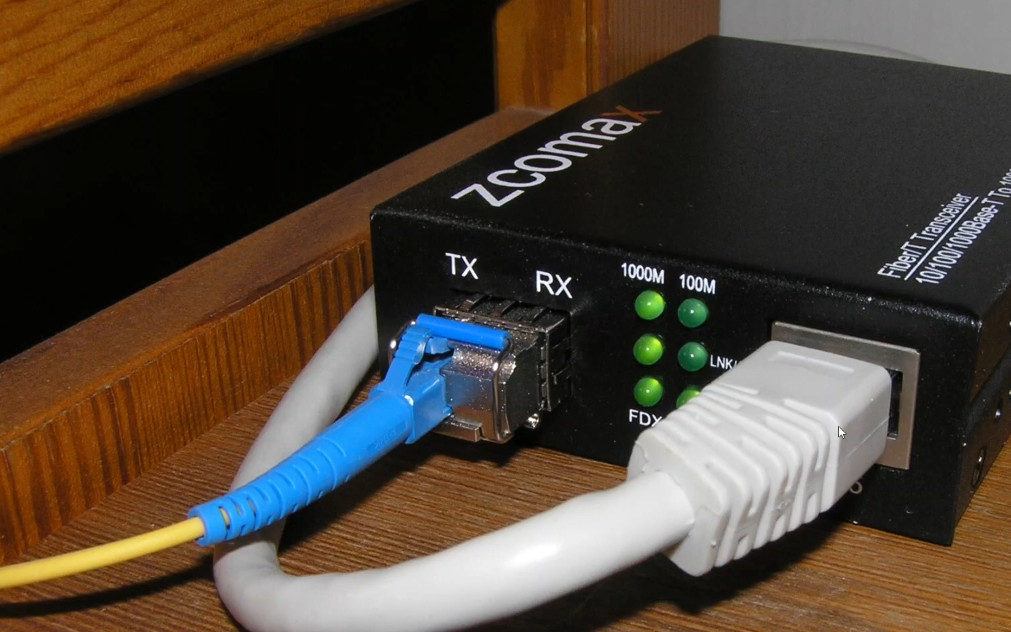

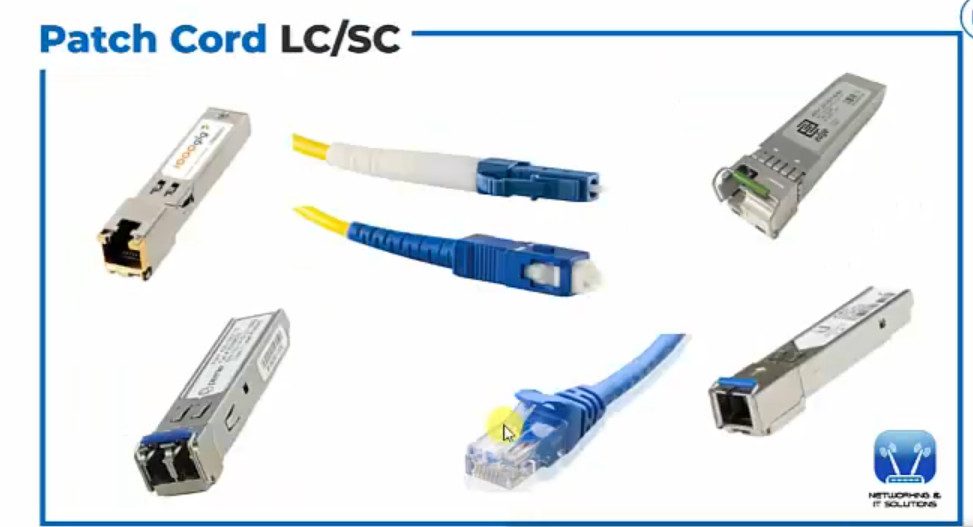
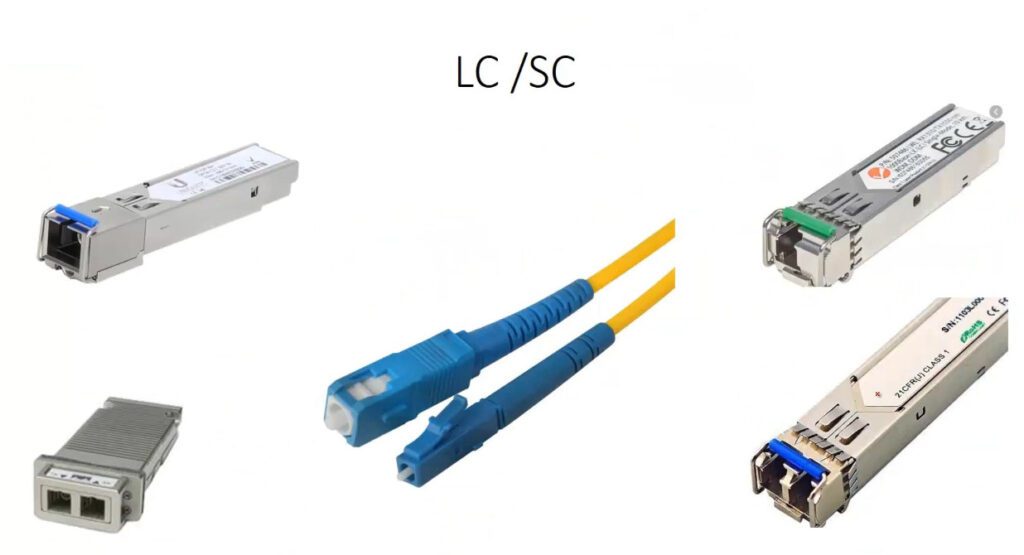
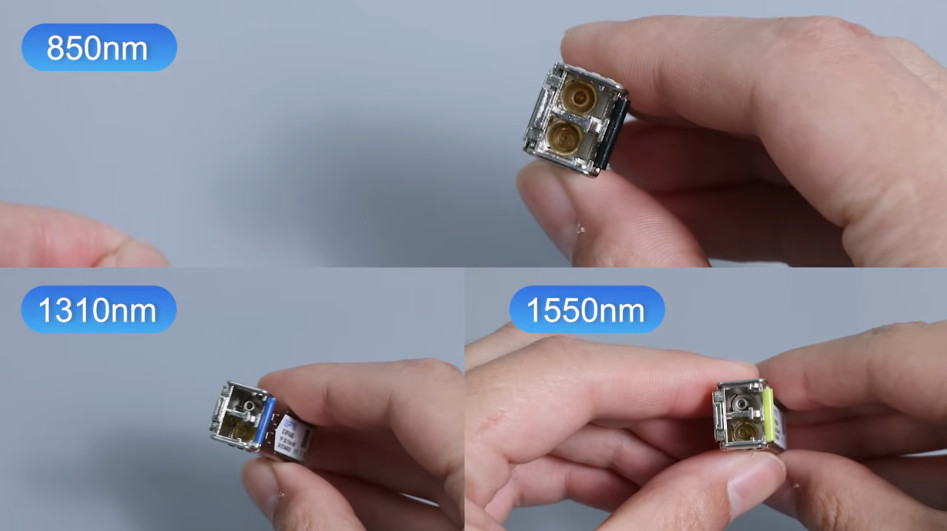
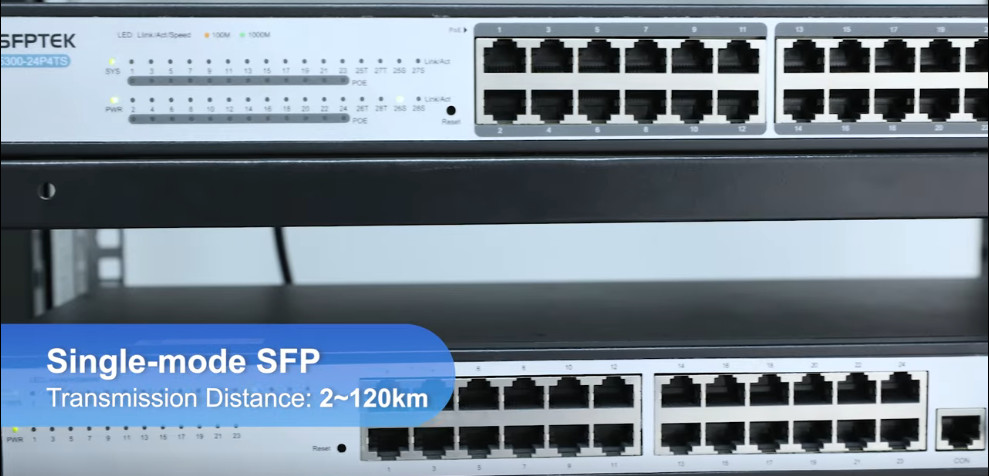
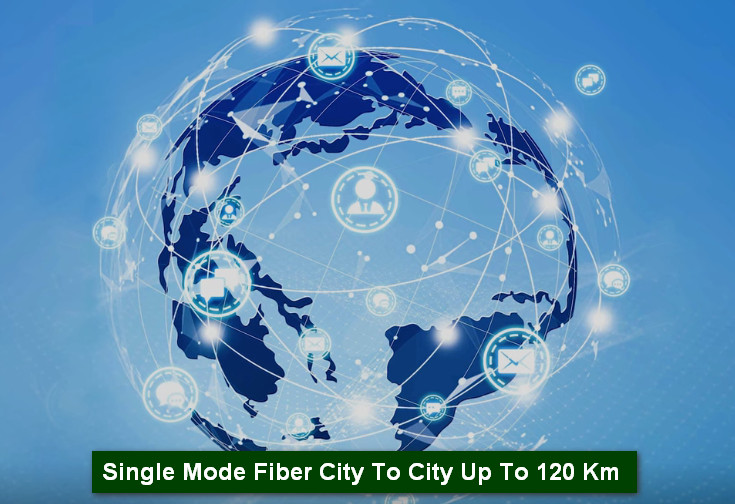
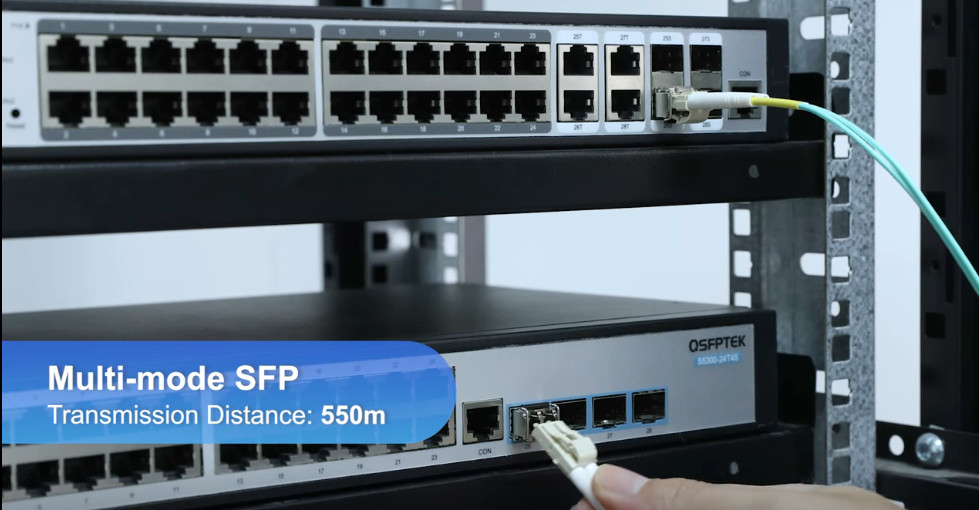
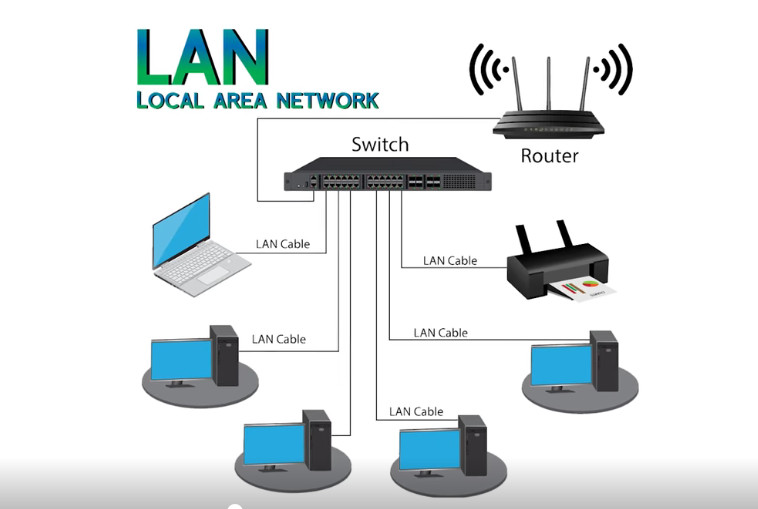

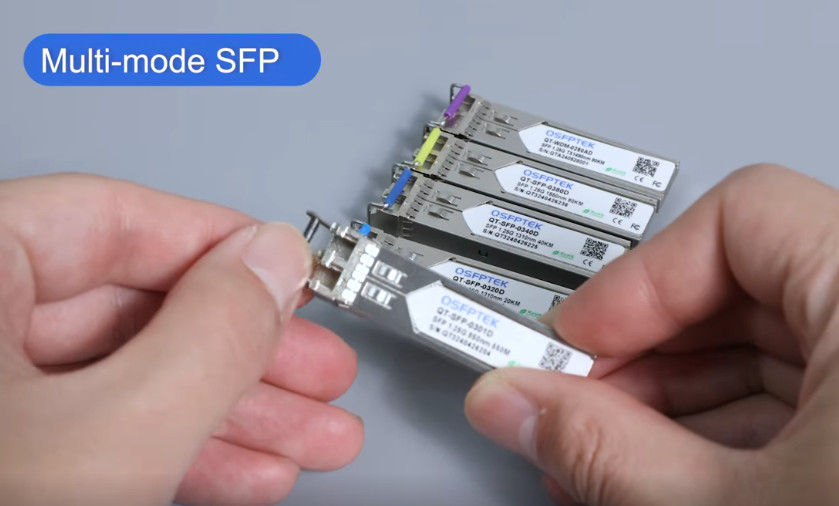


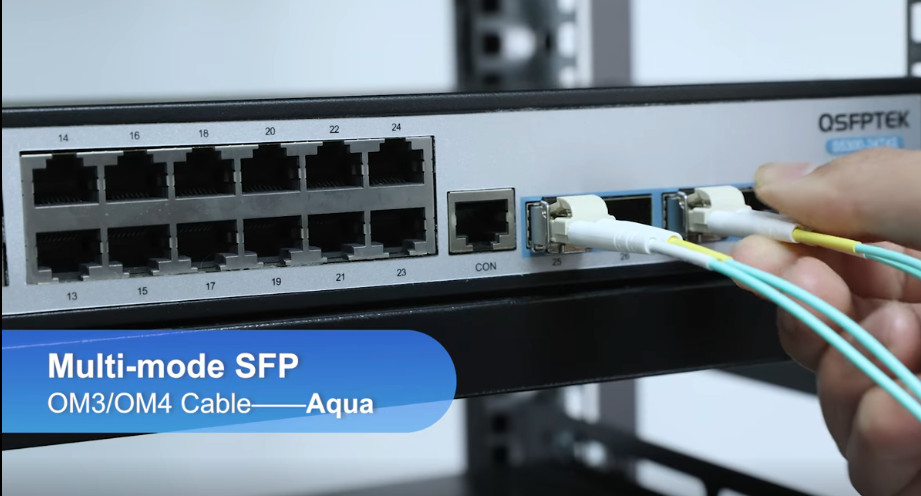


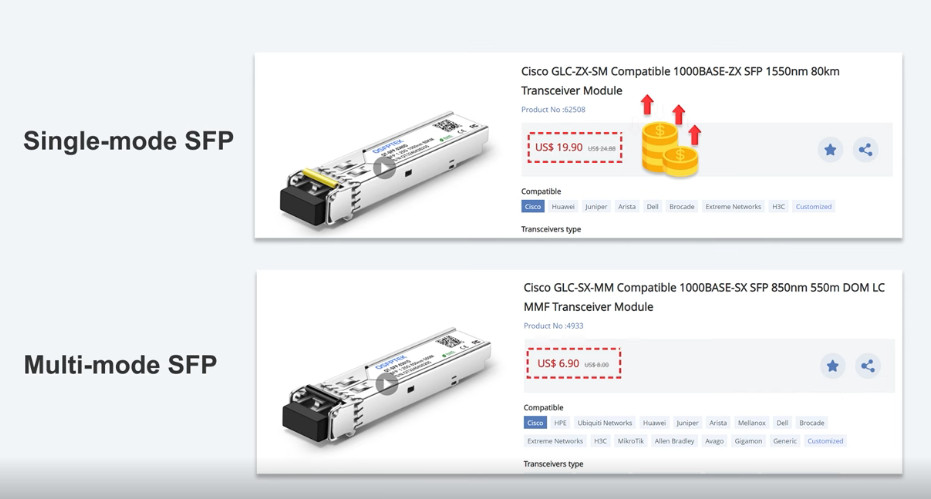
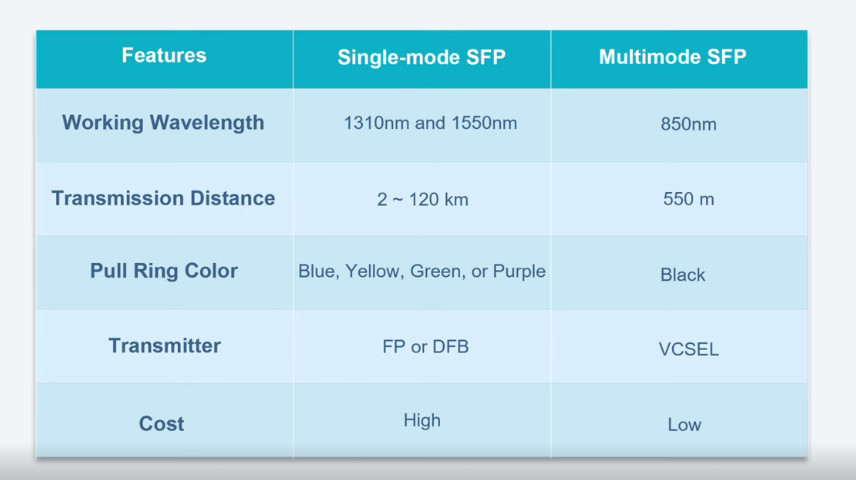
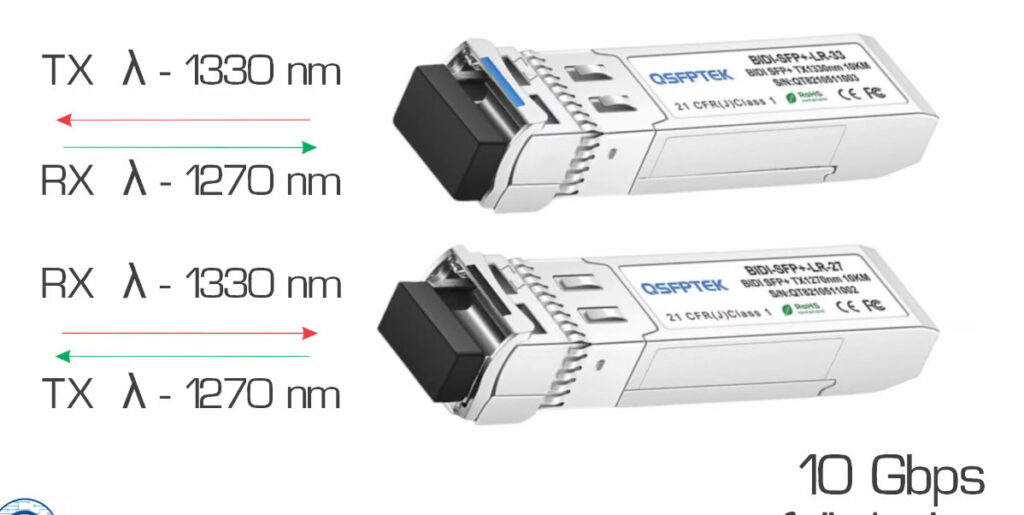

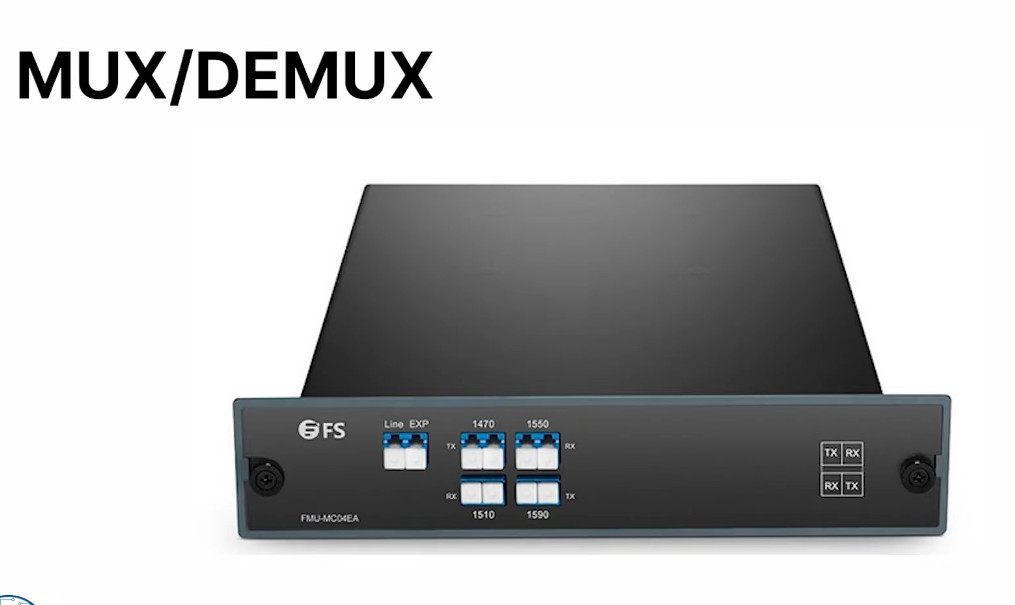
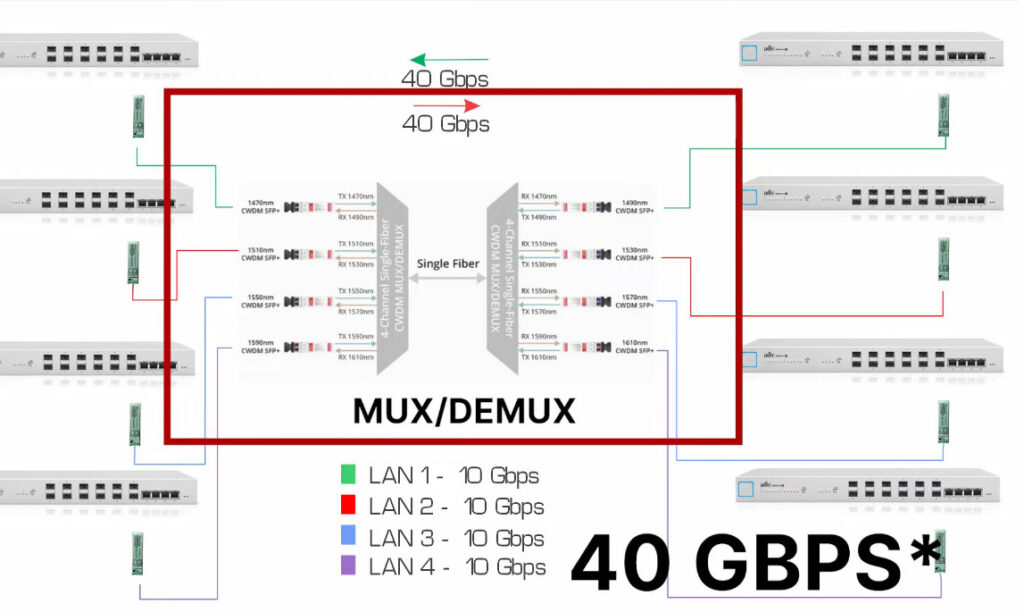

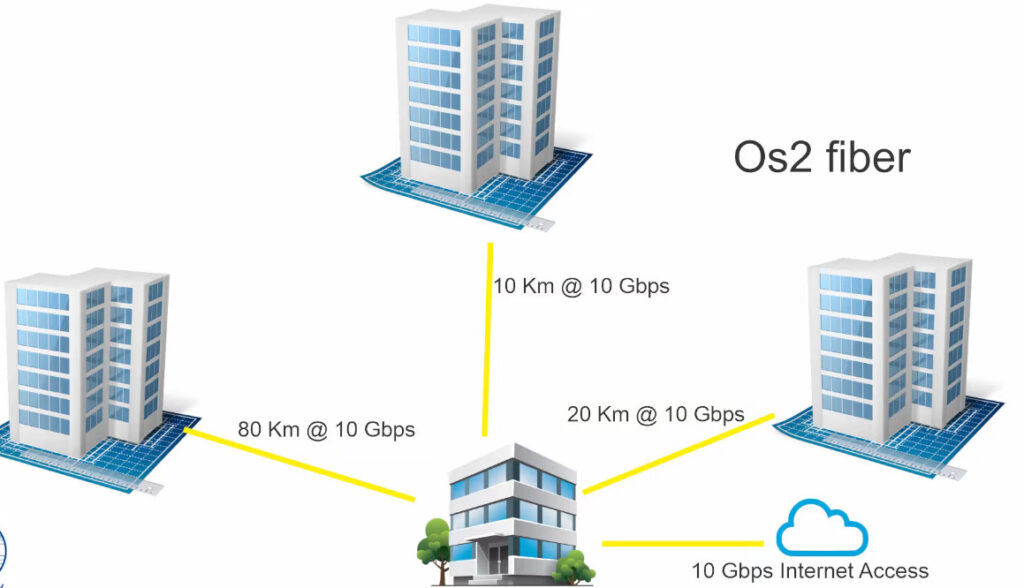

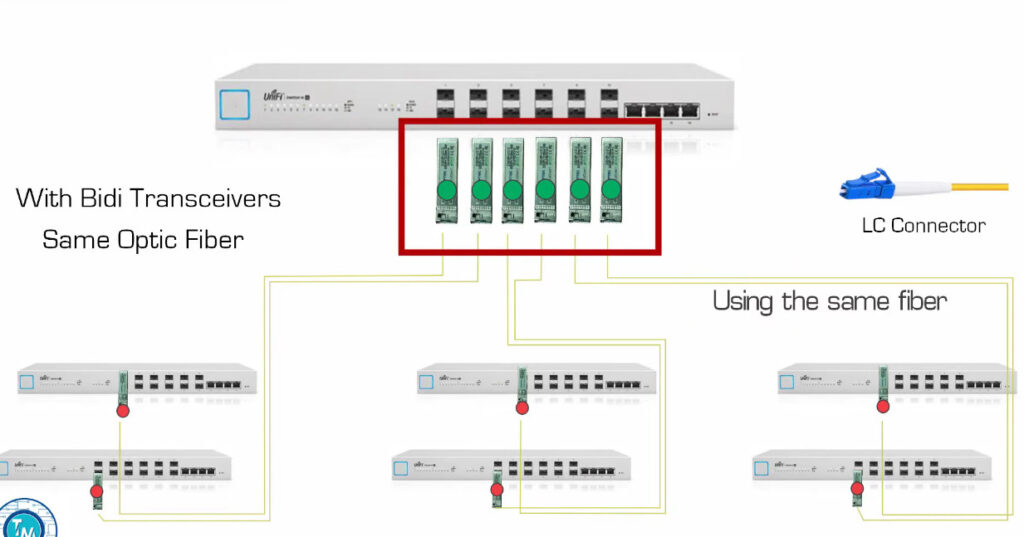

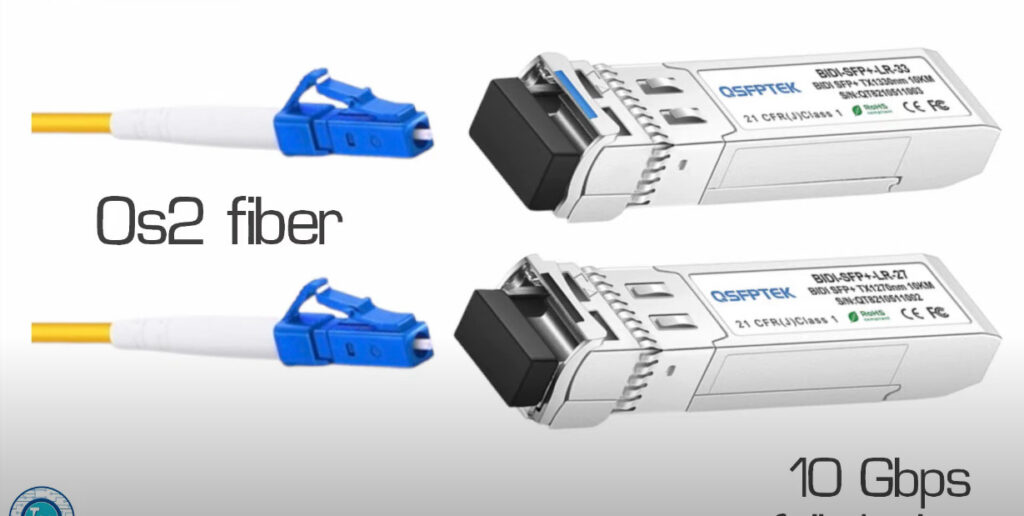
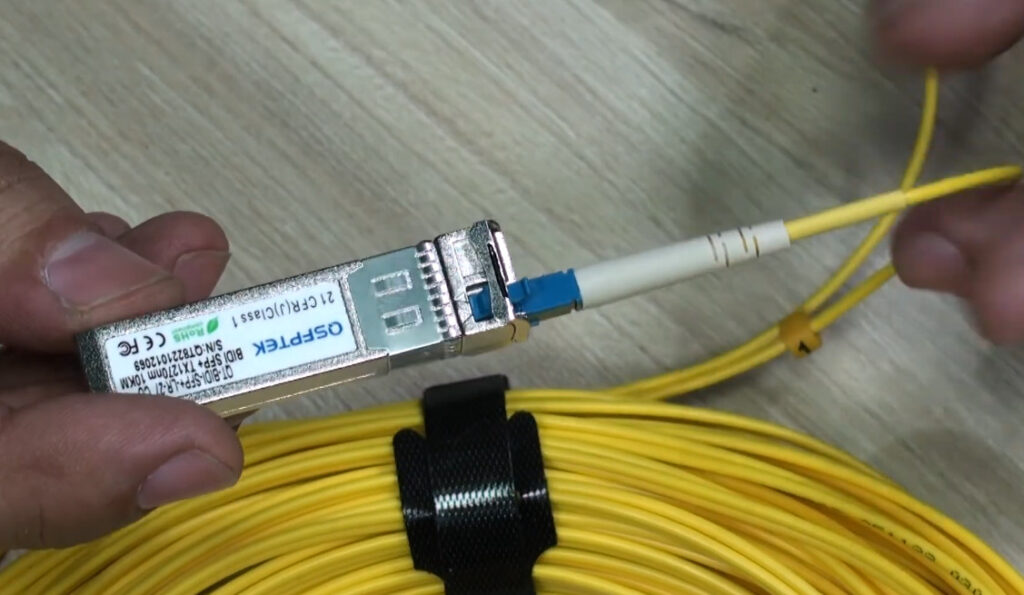

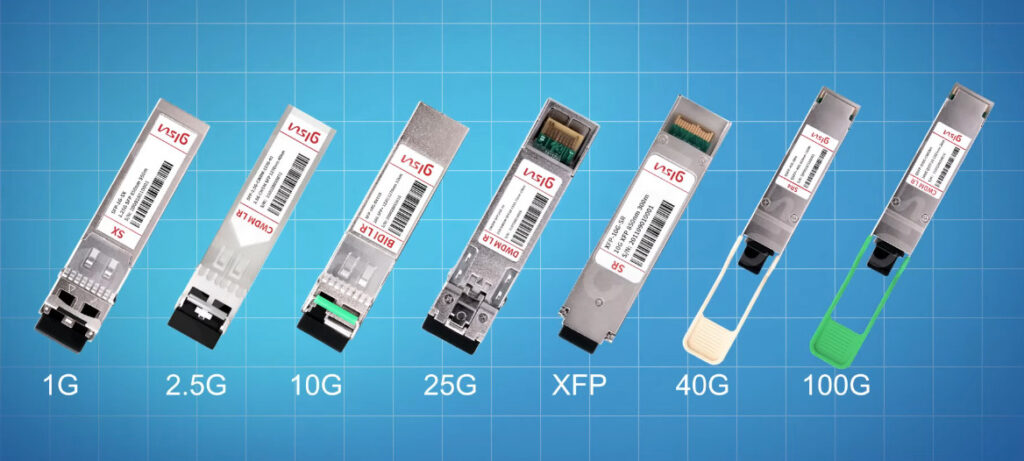
When referring to SFP modules and wavelengths, the “nm” (nanometer) typically refers to the wavelength of the light signal used for transmitting data over fiber optic connections. The wavelength of the signal is important because it determines how the light travels through the fiber and the distance over which it can reliably transmit data.
Different SFP modules operate at different wavelengths depending on the type of fiber (single-mode or multi-mode) and the range (distance) they are designed to support.
850 nm (near-infrared)
1310 nm (infrared)
1550 nm (infrared)
1264.5 nm to 1337.5 nm (CWDM – Coarse Wavelength Division Multiplexing)
DWDM (Dense Wavelength Division Multiplexing)
| Wavelength (nm) | Common Use | Fiber Type | Typical Module Types | Range/Distance |
|---|---|---|---|---|
| 850 nm | Short-range, data center | Multi-mode fiber | SFP, SFP+ SR | Up to 300 meters |
| 1310 nm | Long-range, telecom, data centers | Single-mode fiber | SFP+ LR, SFP+ ER | 10 km to 40 km (single-mode) |
| 1550 nm | Very long-range, telecom backbone | Single-mode fiber | SFP+ ZR, SFP-ER | 40 km to 80+ km |
| 1264.5 to 1337.5 nm (CWDM) | Multiple wavelengths over a single fiber | Single-mode fiber | CWDM SFP | 40 km to 80+ km |
| 1525 to 1565 nm (DWDM) | High-capacity, long-range telecom | Single-mode fiber | DWDM SFP, SFP+ DWDM | Hundreds of kilometers |
The wavelength selection depends on your network’s requirements for distance, fiber type (single-mode or multi-mode), and data rate.